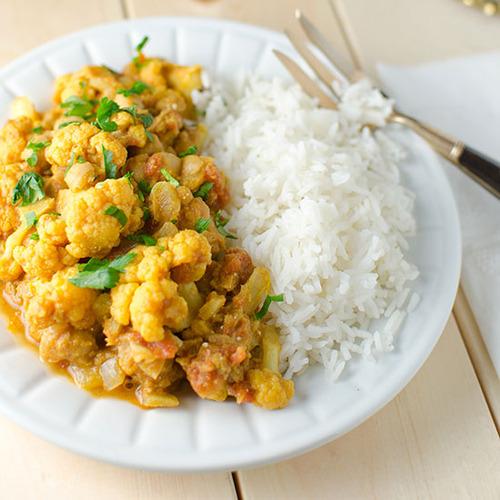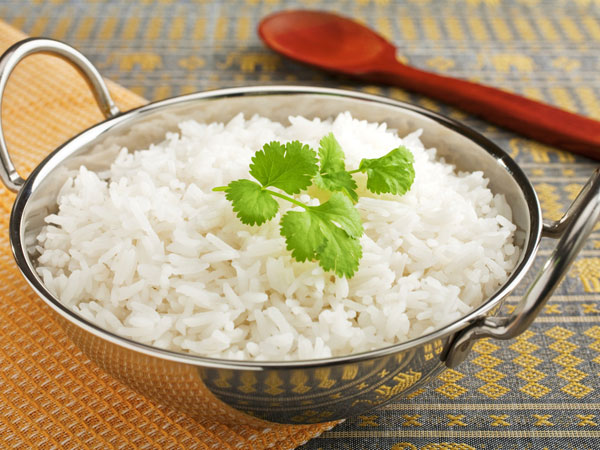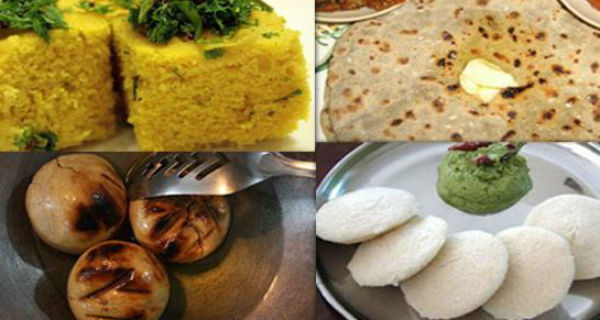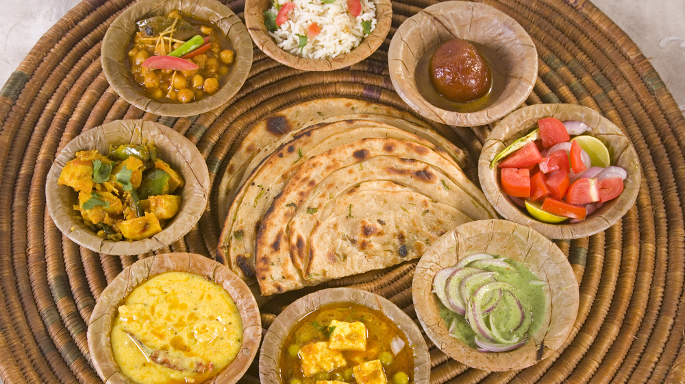Sometimes it can be difficult to find food you like that’s healthy as well. For example, I think candy is fantastic, but realistically, my dentist would cringe and spiral into a depression if he heard I planned on living off that. Well as it turns out, Indian food is actually one of the most healthy cuisines world wide, or at least it is when it’s cooked with minimal oil and healthy methods, so if you’re worried about what you’re putting in your body, here are seven things you can eat without fear.
Roti/Chappati
This is typically made with wheat flour, but optimally, it should also have soy bean, black gram, and a little bit of bran. They can all be ground together in equal amounts to make the four, and as an energy source, Roti is a great source of carbohydrates. Ideally, 25 grams of it would amount to 60 calories.
White Rice
This polished form of brown rice is a cereal grain that is an excellent source of energy and fiber. About 200 grams of it would only be about 420 calories, although brown rice would be a bit better of an option due to the fact that it has both fiber and carbohydrates.
Curries
The base to India’s curries is the most critical thing about it, not necessarily the oil. If you have a recipe that calls for a lot of it, you can simply blend or roast the the spice to get a better flavor without using some of the less healthy ingredients. Similarly, you can swap out the cream for yogurt or coconut milk and you should be set.
Curd
This is essentially a milk product made through the fermentation of milk and some bacteria. Given the option, you should go with one made from a toned or less fat quality of milk. Yogurt is good for your digestive system, and 250 grams of curd from toned milk would only be about 150 calories. Additionally, it’s a good source of calcium and provides carbohydrates and proteins!
Lentils
To begin, a lentil is a bushy plant that comes from the legume family, and grows once a year from lens shaped seeds. About a third of their calories are from proteins, which include essential amino acids such as isoleucine and lysine. Furthermore, they contain dietary fiber, folate, vitamin B1, and minerals like iron. All in all, lentils aid several of the major functions of our body, including regulating your blood sugar level, blood cholesterol. 230 grams of these would be only 240 calories.
Red Chillies
These are a fruit of the pod plant from the capscian family and are huge health heroes. 100 grams of them barely have 40 calories, but due to the capscian compound, it’s has anti-bacterial, anti-carcinogenic, analgesic and anti-diabetic properties. Additionally, they’re rich in Vitamins A, B & C, as well as several phytonutrients.
Paneer
Like some of the other things I’ve mentioned, an easy way to make this healthier would be making it with toned milk rather than full cream. Regardless however, it has a wealth of proteins that help the body digest. It’s high in calcium, which helps you build strong bones and teeth and can help you keep osteoporosis at bay while promoting weight loss.
For a continued reading on the matter, click here to view Times of India’s article in its entirety.









